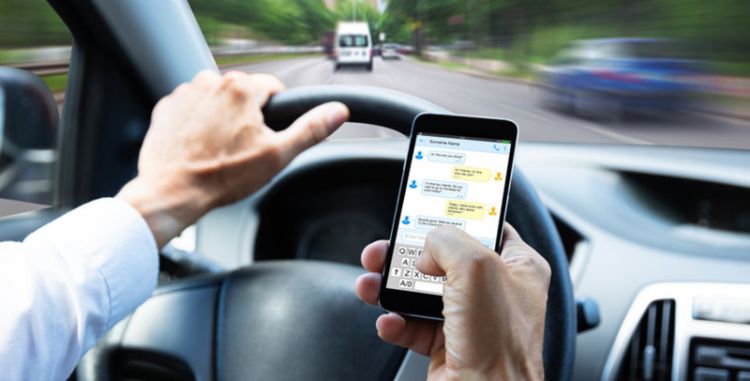
Perilous Effects of Distracted Driving
What does it mean to be distracted while driving? It means your focus on the task of driving is less than 100 percent. When is a driver distracted while driving? A driver is said to be distracted when multitasking comes into play. A distracted driver may engage in the following distracting activities while behind the wheel:
· Operating ADAS (advanced driver assistance systems) – like adaptive cruise control, hill ascent, blind spot monitoring, and so on.
· Changing music
· Eating food
· Sleeping
· Texting
· Applying makeup
· Talking on the phone
· Talking to a passenger
An agency in the United States filmed South Florida’s I-95 highway during rush hour for 20 minutes. Out of 2,151 vehicles filmed, over eight percent were witnessed driving distracted in some form. Let’s take a look at the staggering stats of these distractions:
Talking on the phone: ~83%
Texting: ~8%
Eating food: ~7%
Other distractions: ~2%
Are humans able to multitask? In most countries, operating a mobile device while driving is against the law, and that is an excellent first step. What about other distractions? Most people say they know driving distracted is dangerous, yet many still engage in it. The whole concept of multitasking was introduced in 1965 in an IBM paper describing the capabilities of the IBM System/360. Since then, the term has been applied to human tasks. Extensive scientific research has been done in this area and has proven that human beings cannot multitask. Instead, what humans are capable of doing is switching from one task to another.
So, what does this mean for the distracted driver? It means it is impossible to perform two tasks at the same time. If a driver switches from the task of driving to eating food or any other distraction and does this for more than 2 seconds, that driver is at serious risk of a crash. There is another exciting concept called inattentional blindness or cognitive blindness, which can be described as the inability of an individual to perceive an unexpected object or stimulus in plain sight purely due to a lack of attention rather than any vision defects or deficits.
For you, the driver who uses hands-free and repeatedly talks on the phone while driving, it may not be a crime, but it doesn’t make you any safer. Just because your eyes are on the road does not necessarily mean your mind is entirely on the road. Several experiments were conducted to prove this concept of inattentional blindness. From the stats above, we see that talking on the phone is the number one form of distracted driving, recording over eighty percent of distracted drivers from the I-95 survey done in Florida.
Some companies are now starting to see the dangers of distracted driving and are placing a complete ban on handheld or hands-free devices while behind the wheel. This is encouraging, but not enough. If most of us agree that distracted driving is dangerous, then we need to do more than just agree. We all want to be safe on our roads, and it’s our collective responsibility to play our parts. We cannot just relegate this to the government and private sector to deal with since we all traverse these roads for work and leisure.
I think it’s time we make driver safety a priority. It is unacceptable to record over 2,000 deaths from road crashes each year.






